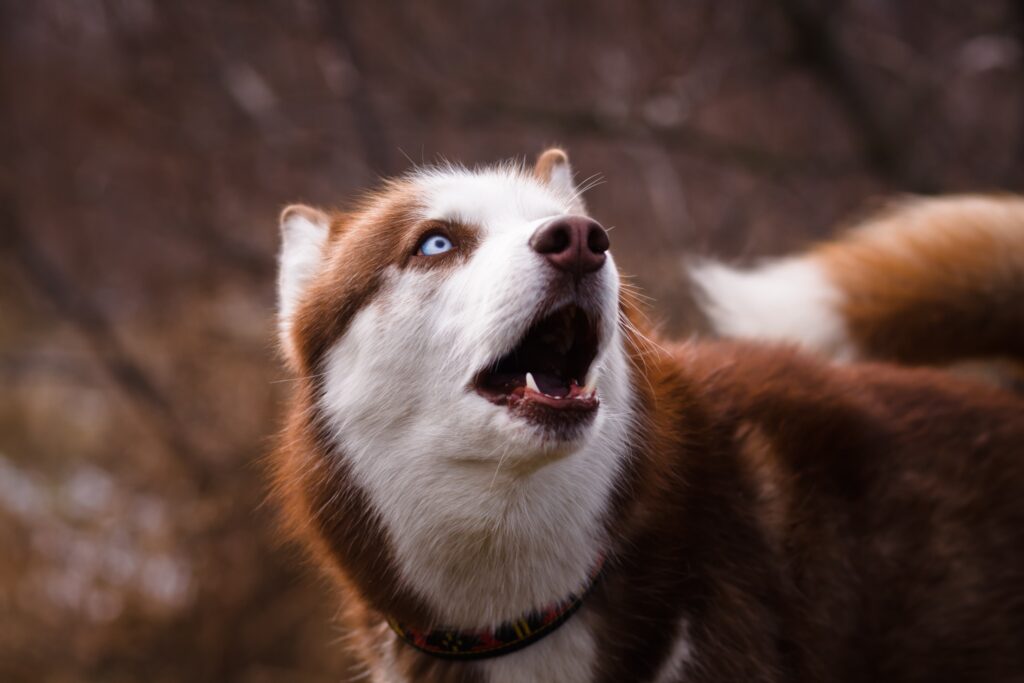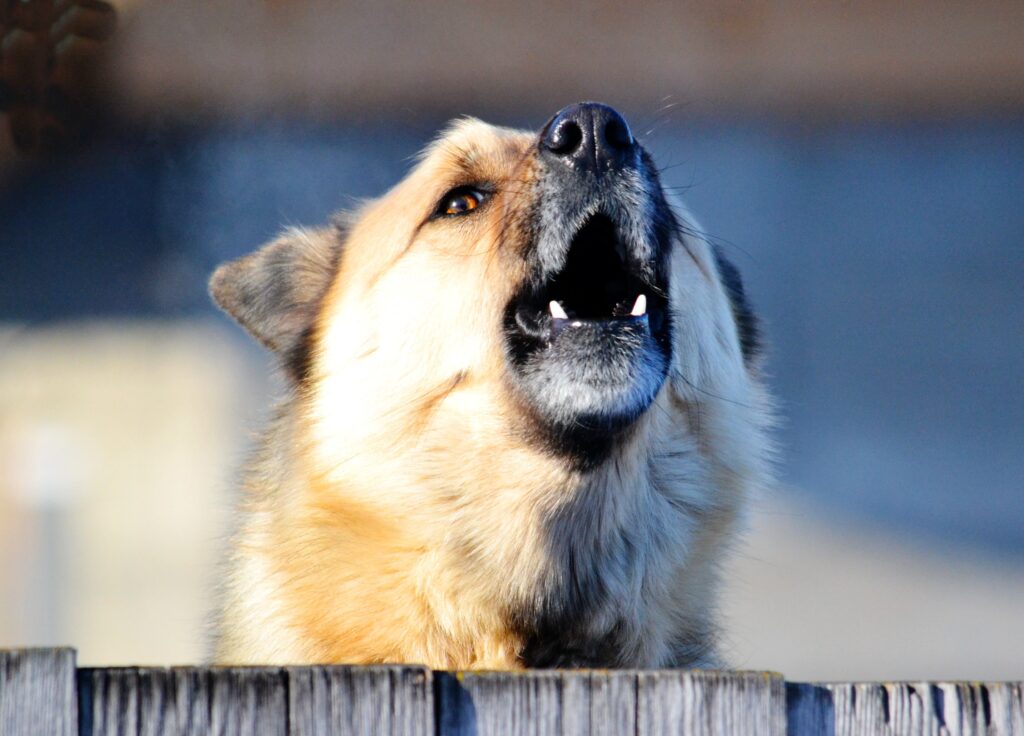Last Updated on June 27, 2024 by Dr. Wendy Wilkins, DVM, PhD
In the realm of animal communication, the concept of understanding what dogs are “saying” has always intrigued pet owners and scientists alike.
Recent advancements in artificial intelligence (AI) and machine learning are now bringing us closer to decoding canine vocalizations, much like the way human speech is processed.
A study titled “Towards Dog Bark Decoding: Leveraging Human Speech Processing for Automated Bark Classification” explores this fascinating intersection of technology and animal behavior.
The Role of AI in Decoding Dog Barks
The study leverages state-of-the-art human speech representation learning models to classify various dog barks. By utilizing models like Wav2Vec2, which is pre-trained on human speech data, researchers have been able to achieve significant improvements in tasks such as dog recognition, breed identification, gender classification, and context grounding.
This approach draws parallels with human speech recognition tasks, thereby opening new avenues for understanding the semantics of dog vocalizations. The research demonstrates that pre-training on human speech enables the model to learn abstract vocalization structures, which are beneficial for interpreting animal sounds.
This hypothesis aligns with other studies showing that pre-training on unrelated tasks can enhance performance due to the neural networks’ ability to represent abstract syntactic structures.

Analyzing the Validity of “MeowTalk”
In a similar vein, the app “MeowTalk” claims to interpret what cats are saying. MeowTalk, developed by a former Amazon Alexa engineer, uses AI to translate cat vocalizations into human language. The app records the sound, processes it using machine learning algorithms, and attempts to provide a human-readable translation.
However, the scientific community remains skeptical about the accuracy and validity of such apps. While AI can indeed classify and recognize patterns in animal sounds, interpreting these sounds’ meanings is far more complex.
The semantics of animal vocalizations, including those of cats and dogs, involve a myriad of contextual factors that current AI models may not fully grasp.

The Challenges and Future Directions
The study on dog bark decoding highlights several limitations that also apply to apps like MeowTalk. One significant challenge is the diversity of animal vocalizations and the context in which they occur.
For instance, the research focused on specific breeds and contexts, such as barking at strangers or during play, and found varying levels of success depending on the context and breed involved.
Another challenge is the need for extensive annotated datasets. While the study utilized a dataset of dog vocalizations collected from specific breeds, the broader application of such models requires data from a wide variety of species and contexts.
Similarly, for MeowTalk to provide accurate translations, it would need access to vast amounts of annotated cat vocalizations from diverse contexts.
Conclusion
The use of AI to understand what dogs are “saying” is a promising field that combines advances in speech processing with the study of animal communication.
While significant progress has been made, the journey is far from complete. Apps like MeowTalk offer an exciting glimpse into the potential of AI in this domain, but their scientific validity remains a topic of debate.
As researchers continue to refine these models and expand their datasets, we may one day achieve a deeper understanding of our pets’ vocalizations. Until then, the dream of truly understanding our furry friends’ thoughts and feelings remains an ongoing quest, driven by both curiosity and technological innovation.
This article is based on the research findings from the study “Towards Dog Bark Decoding: Leveraging Human Speech Processing for Automated Bark Classification” and a critical analysis of the MeowTalk app.

[All images used with permission or license]

